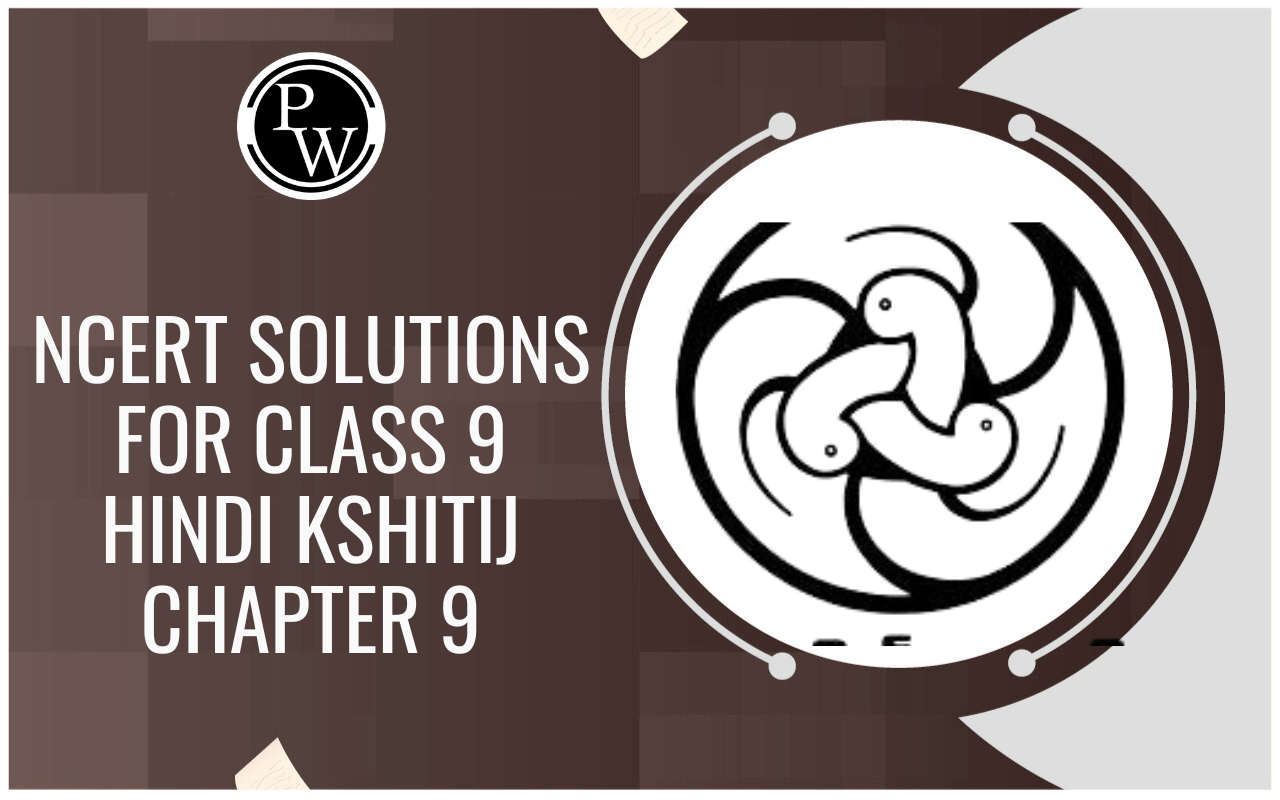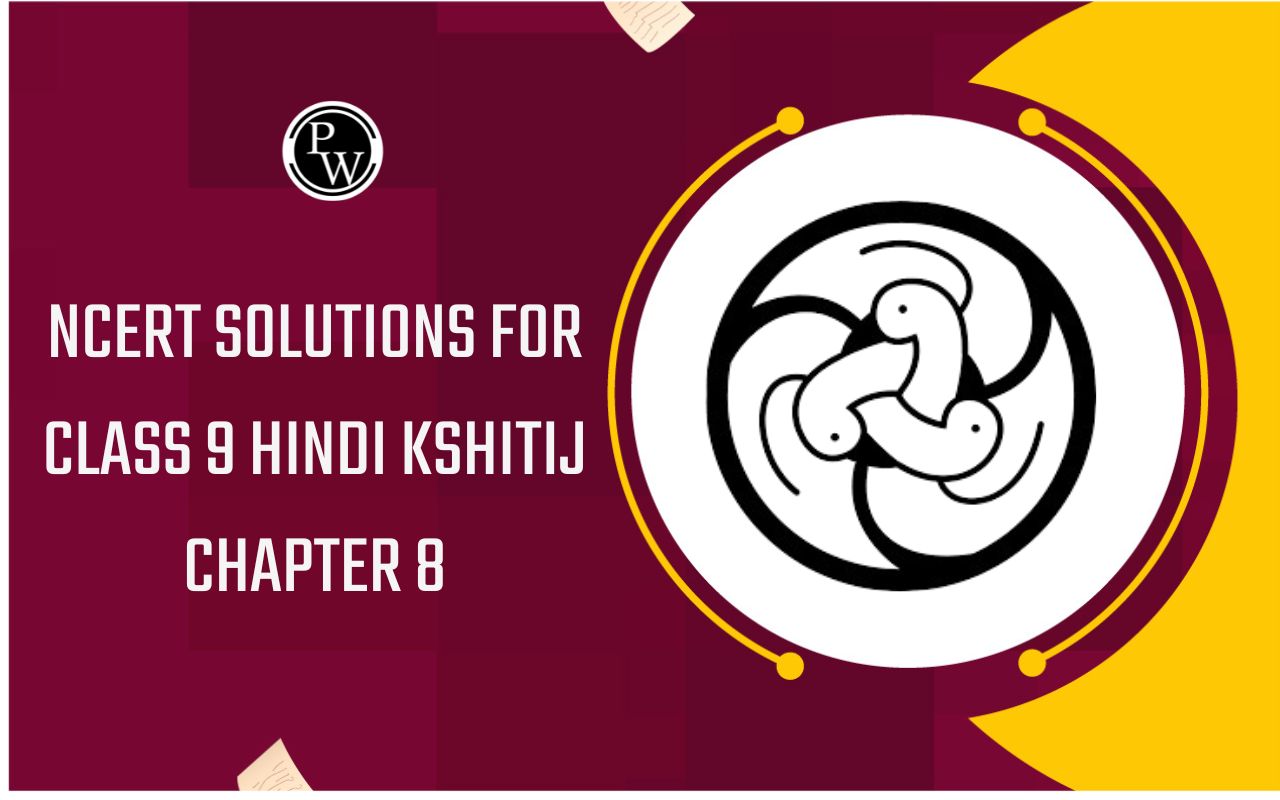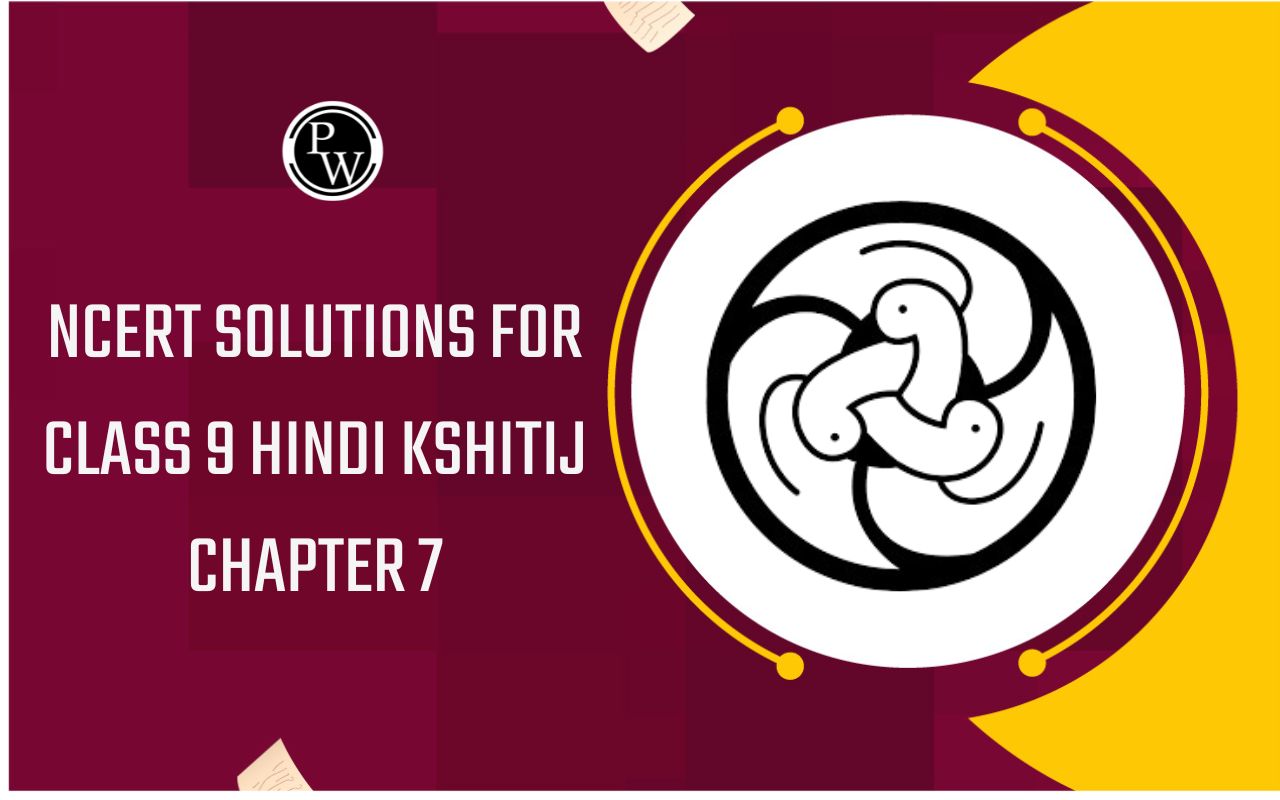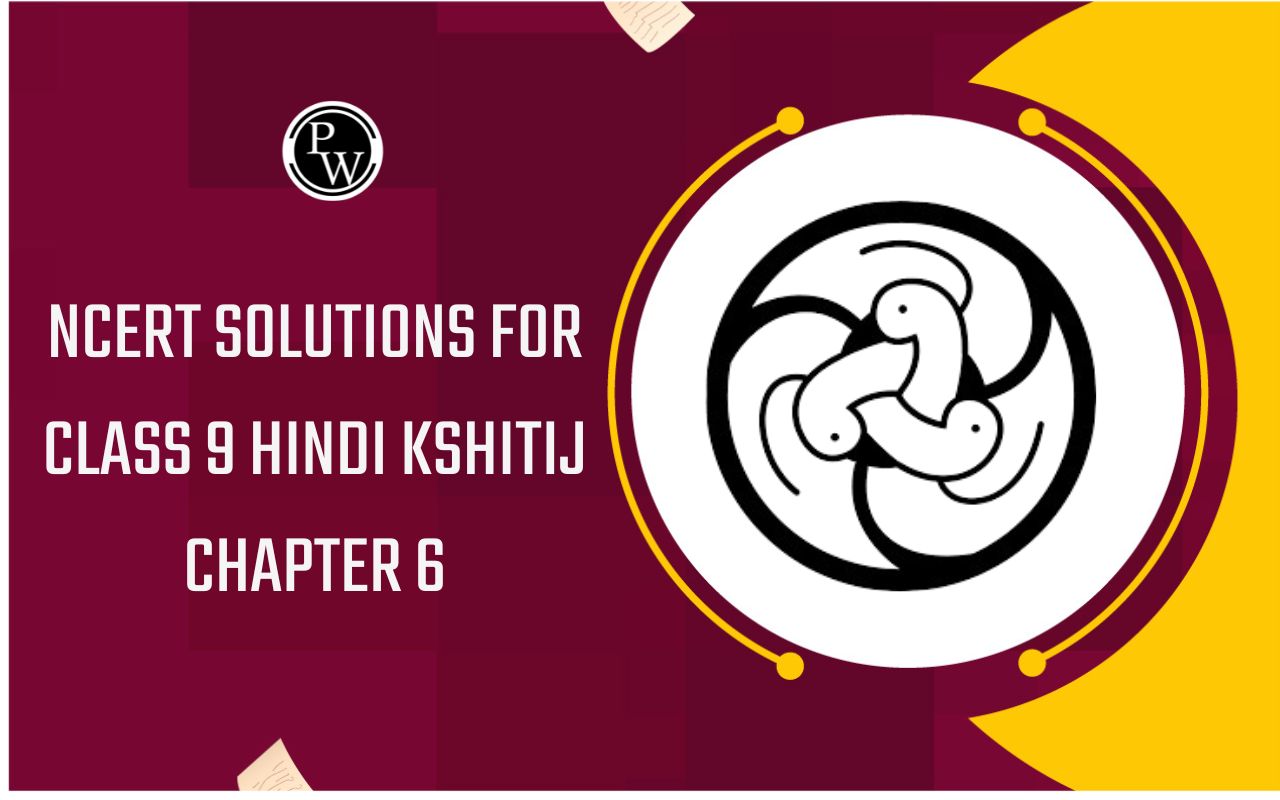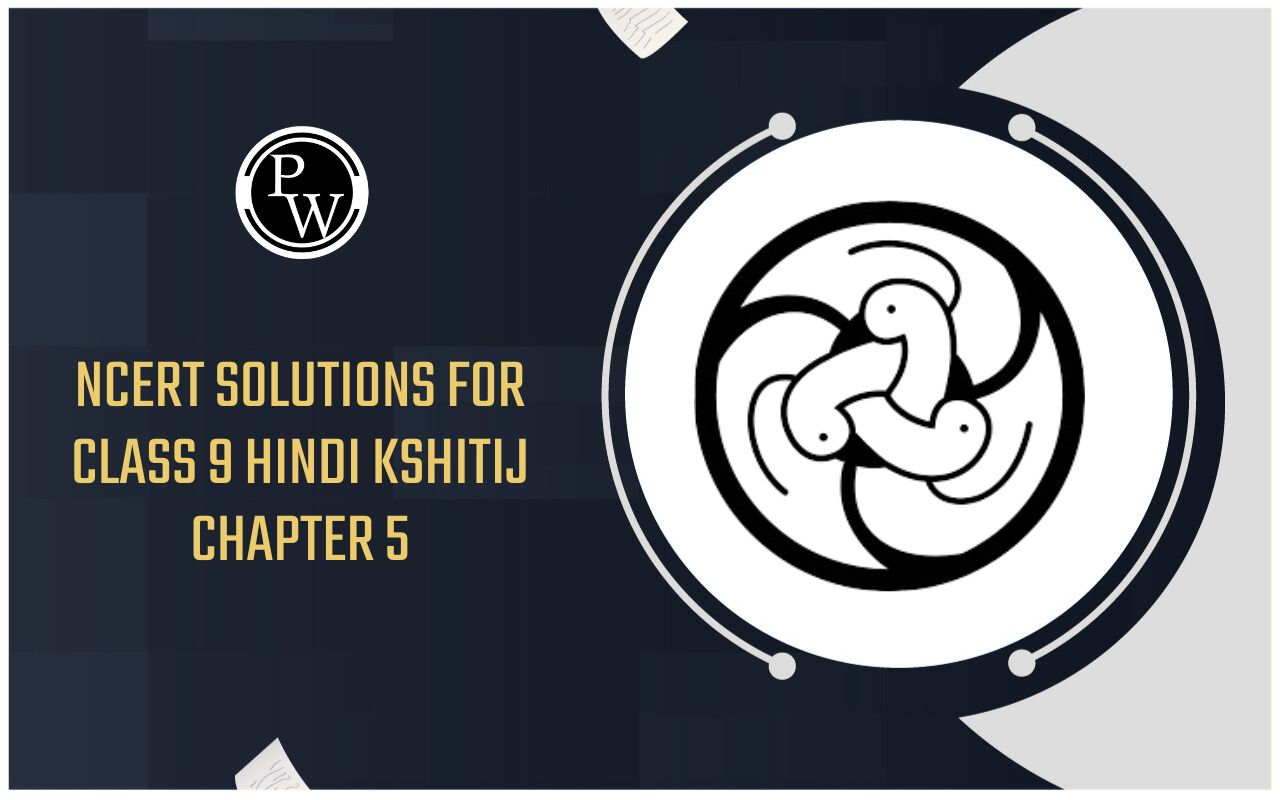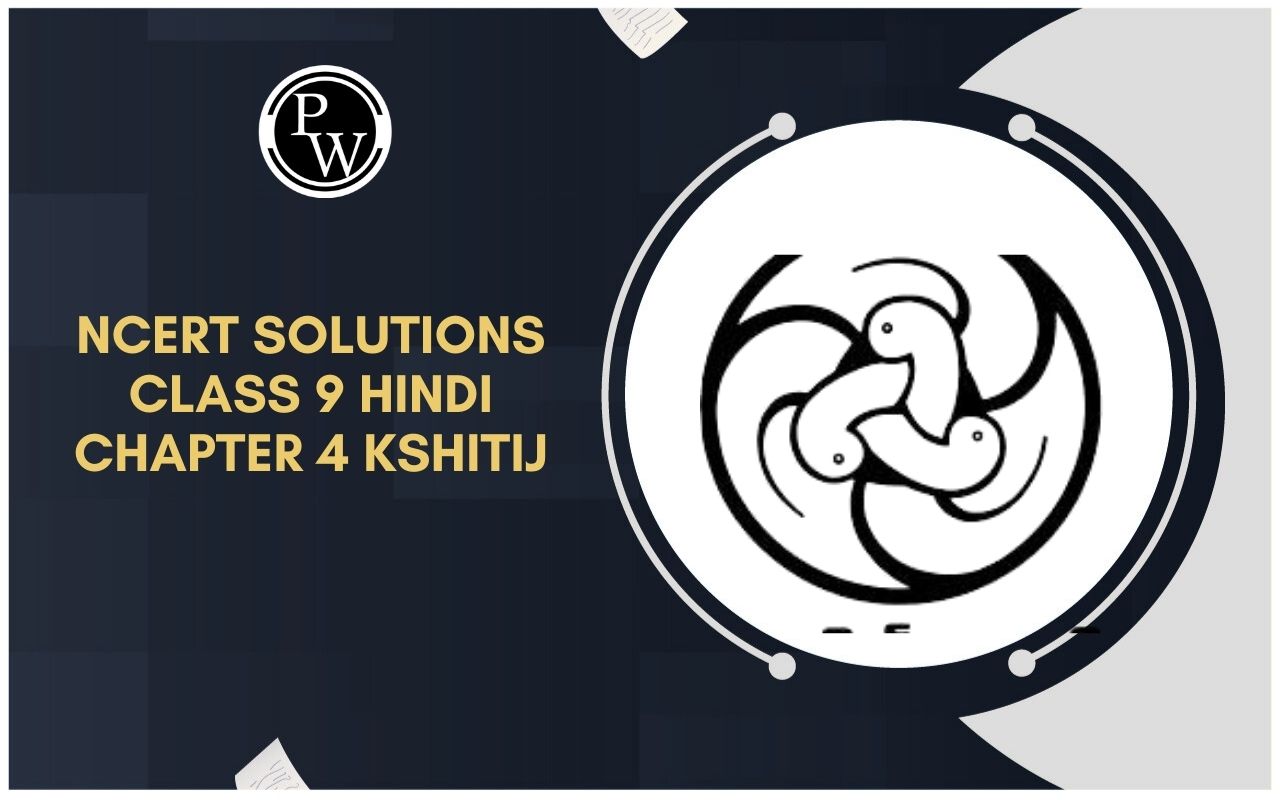
Electric Generators
Magnetism of Class 10
A generator or dynamo is a machine used for generating electric current by converting mechanical energy into electrical energy. Generators are of two types depending upon the type of current they produce.
It is of two types :
AC Generator or Dynamo :
When a coil (conductor) is rotated in a magnetic field, the magnetic flux linked with it changes and therefore an alternating e.m.f. is induced in the coil.
Construction: The main parts of a dynamo are:
- Field magnet: It is a strong horse shoe permanent magnet. An electromagnet run by a DC source can also be used for high power generators.
- Armature: It is a soft iron core on which a coil ABCD having a large number of turns of insulated copper wire is wound. This armature (or coil) is rotated rapidly in the magnetic field between the poles of the magnet.
- Slip rings: The ends of the armature (or the coil) are connected to two coaxial metallic slip rings S1 and S2 which rotate along with the coil.
- Brushes: Two brushes B1 and B2 made of carbon, press against the slip rings S1 and S2 respectively The external circuit (i.e. load) is connected between the other ends of brushes. The brushes B1 and B2 do not rotate along with the coil.
Working of an AC generator:
Suppose that the generator coil ABCD is initially in the horizontal position. Again suppose that the coil ABCD is being rotated in the anticlockwise direction between the poles N and S of a horse-shoe type magnet.
(i) As the coil rotates in the anticlockwise direction, the side AB of the coil moves down cutting the magnetic lines of force near the N - pole of the magnet and side CD moves up, cutting the lines of force near the S-pole of the magnet. Due to this, induced current is produced in the sides AB and DC of the coil. On applying Fleming's right-hand rule to the sides AB and DC of the coil, we find that the currents are in the directions B to A and D to C. Thus, the induced currents in the two sides of the coil are in the same direction and we get an effective induced current in the direction BADC.
(ii) After half revolution, the sides AB and DC of the coil will interchange their positions. The side AB will come on the right hand side and side DC will come on the left hand side. So, after half a revolution, side AB starts moving up and side DC starts moving down. As a result of this, the direction of induced current in each side of the coil is reversed after half a revolution. Since the direction of induced current in the coil is reversed after half revolution so that polarity (positive and negative) of the two ends of the coil also changes after half revolution. The end of coil which was positive in the first half of rotation becomes negative in the second half. And the end which was negative in the first-half revolution becomes positive in the second half of revolution. Thus, in 1 revolution of the coil, the current changes its direction 2 times.
The alternating current (AC ) produced in India has a frequency of 50 Hz. That is, the coil is rotated at the rate of 50 revolutions per second. Since in 1 revolution of coil, the current changes its direction 2 times, so in 50 revolutions of coil, the current changes its direction 2 x 50 = 100 times. Thus, the AC supply in India changes its direction 100 times in 1 second. Another way of saying this is that the alternating current produced in India changes its direction every 11100 second. That is, each terminal of the coil is positive(+) for 1/100 of a second and negative (-) for the next 1/100 of a second.
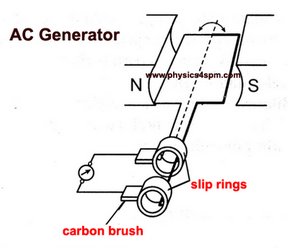
DC Generator (or DC Dynamo):
"DC generator" means "Direct Current generator". That is, a DC generator produces direct current.
Construction of a DC Generator:
A simple DC generator consists of a rectangular coil ABCD which can be rotated rapidly between the poles north and south of a strong horse-shoe type magnet M.
The generator coil is made of a large number of turns of insulated copper wire. The two ends of the coil are connected to the two copper half rings (or split rings) R1 and R2 of a commutator. There are two carbon brushes B1 and B2 which press lightly against the two half rings. When the coil is rotated, the two half rings R1 and R2 touch the two carbon brushes B1 and B2 one by one. So, the current produced in the rotating coil can be tapped out through the commutator half rings into the carbon brushes. From the carbon brushes B1 and B2, we can take the current into the various electrical appliances like radio, TV, electric iron, bulbs, etc.

Working of a DC generator:
Suppose that the generator coil ABCD is initially in the horizontal position. Again suppose that the coil ABCD is being rotated in the anticlockwise direction between the poles N and S of a horse-shoe type magnet.
(i) As the coil rotates in the anticlockwise direction, the side AB of the coil moves down cutting the magnetic lines of force near the N-pole of the magnet and side DC moves up, cutting the lines of force near the S-pole of the magnet in figure. Due to this, induced current is produced in the sides AB and DC of the coil. On applying Fleming's right-hand rule to the sides AB and DC of the coil we find that the currents in them are in the directions B to A and D to C respectively. Thus, we get an effective induced current in the direction BADC. Due to this the brush B1 becomes a positive (+) pole and brush B2 becomes negative (-) pole of the generator.
(ii) After half revolution the sides AB and DC of the coil will interchange their positions. The side AB will come on the right hand side and start moving up whereas side DC will come on the left-hand side and start moving down. But when sides of the coil interchange their positions, then the two commutator half rings R1 and R2 automatically change their contacts from one carbon brush to the other. Due to this change, the current keeps flowing in the same direction in the circuit. The brush B1 will always remain positive terminal and brush B2 will always remain negative terminal of the generator. Thus, a DC generator supplies a current in one direction by the use of a commutator consisting of two half-rings of copper.
Difference between a DC generator and an AC generator:
In a DC generator we connect the two ends of the coil to a commutator consisting of two, half rings of copper. On the other hand, in an AC generator, we connect the two ends of the coil to two full rings of copper called slip rings.



